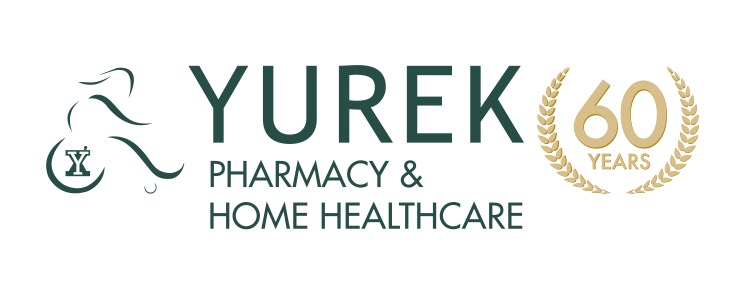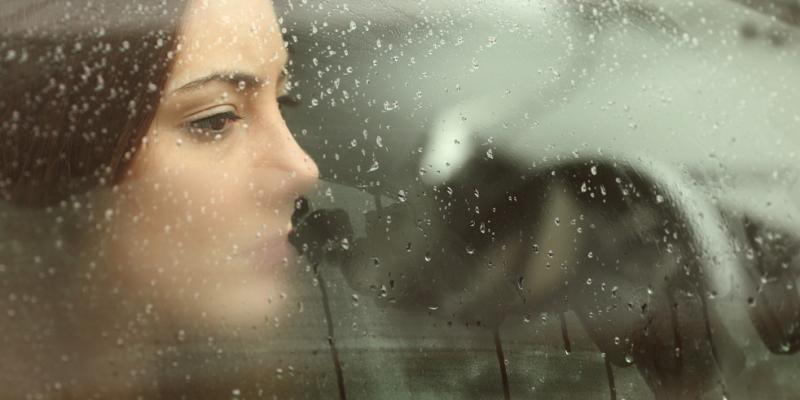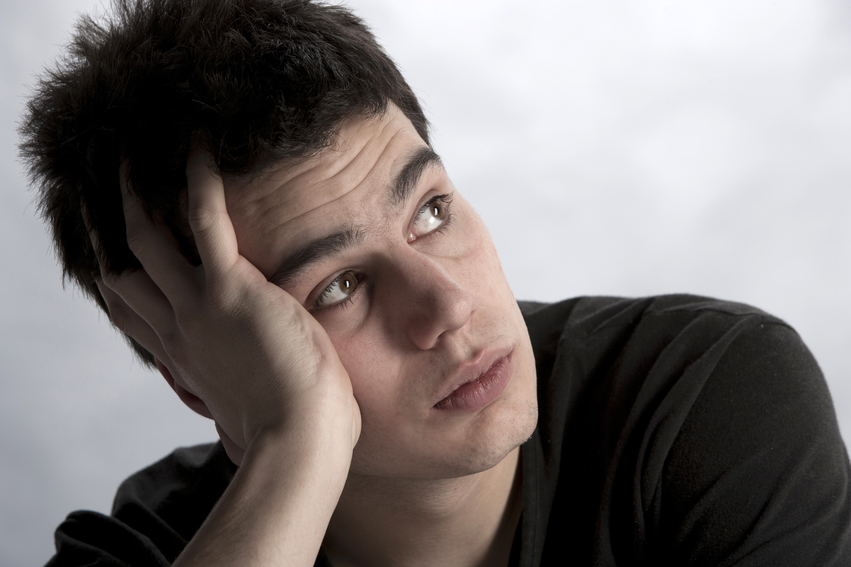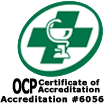Cliff Arnall was a scientist at Cardiff University in Wales. No, he didn’t invent the lightbulb. (That was Canadian Henry Woodward who later sold the patent to Thomas Edison). Dr. Arnall calculated the saddest day of the year. Although highly regarded as pseudo-science, Ol’ Cliff calculated the date using many factors, including: weather conditions, debt level, time since Christmas, time since failing our new year’s resolutions, low motivational levels and feeling of a need to take action. This year the date is January 20th (the third Monday of the month).
Some have described Dr. Arnall’s equation as “farcical” and “mathematically non-sensical.” Nevertheless, many of us have heard of or experienced the winter blues — that feeling of melancholy that comes this time of year to approximately 15% of the population. A smaller proportion (2 – 3%) experience a more serious condition known as Seasonal Affective Disorder (or SAD).
SAD can be difficult to diagnose, since many of the symptoms are similar to those of other types of depression. Generally, symptoms that recur for at least two consecutive winters, without any other explanation for the changes in mood and behaviour, indicate the presence of SAD. They may include:
- change in appetite (e.g. craving sweet or starchy foods),
- weight gain,
- decreased energy,
- tendency to oversleep,
- difficulty concentrating,
- irritability,
- anxiety, and
- despair.
The symptoms of SAD generally disappear when spring arrives. For some people, this happens suddenly with a short time of heightened activity. For others, the effects of SAD gradually resolve over months.
So how is SAD treated? People with mild symptoms can benefit from spending more time outdoors during the day and by arranging their environments so that they receive maximum sunlight. Exercise relieves stress, builds energy and increases your mental and physical well-being. Ideally, you should exercise outdoors or in an environment with exposure to natural light. A winter vacation in a sunny destination can also temporarily relieve SAD symptoms, although symptoms usually recur after return home. Many people with SAD respond well to exposure to bright, artificial light. “Light therapy,” involves sitting beside a special fluorescent light box for several minutes day.
For those with severe symptoms – (complete lack of interest in activities; excessive tiredness or thoughts of harming oneself) it is important to seek medical attention. Devising a treatment plan with your doctor consisting of light therapy, medication and cognitive-behavioural therapy may be needed. So don’t take SAD lightly, get help or encourage others to get help. Take care of yourselves and each other.








